Stories Behind the Songs: Harvey Brooks
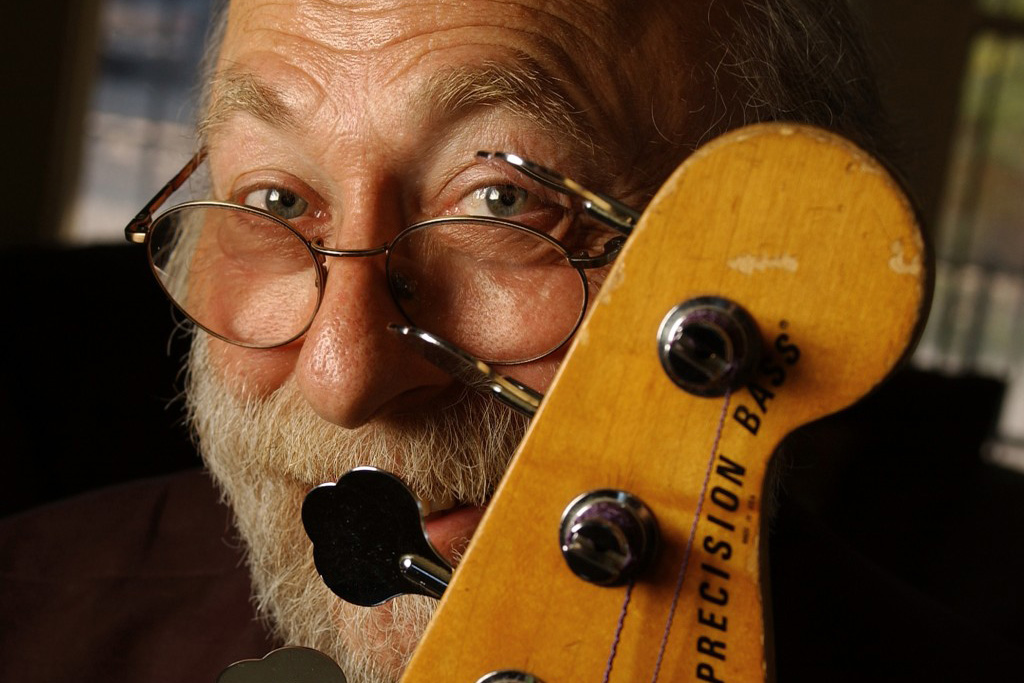
The ’60s and ’70s were full of pivotal moments in music with albums that helped spawn new genres and reflect the quickly changing culture. Bob Dylan, The Doors, and Miles Davis were among the top artists pushing their craft, and Harvey Brooks played for all of them.
The bassist is seen as one of the first folk-rock bassists, although his playing transcended genres. Born in New York, Brooks began as a guitarist and made the switch to bass during an important time in history. “I was the second guitar in 4 piece band called the “Citations,” he explains. “The other two instruments were a tenor sax and drums. We started playing gigs and acquired a manager who suggested the band should have a bass and that the second guitarist should play this new instrument, the electric bass.”
Being around New York City let him tap into the developing folk scene in the mid-’60s. After making a name for himself in the circuit, Brooks got a call that would change his life. “I was playing gigs in Greenwich Village and midtown, as well as road tours with R&B acts when I got a call from Al Kooper at my gig at the Sniffen Court Inn. He wanted to know if I wanted to play bass on this session he was doing with folk-singer Bob Dylan. I said yes.”
Of course, it’s no accident he went on to have an incredible career; Brooks has a groove that won’t quit. His playing is steeped in the blues and jazz, which leads to wonderfully melodic lines that hit the right notes at the right times. And, as with any great musician, he uses his chops only in service of the song. So what advice does he have for up and comers that want to be recording bassists?
“Be the best reader of music you can be. Listen to your competition. Create bass lines that support the vocalist’s or instrumentalist’s melody and at the same time lock in with the rhythm figures of the drums or percussion,” he says. “Avoid keyboard player’s left hand unless you’re playing the same part. Check out all the recording studios you know and join as many bands as you can because your first session will come from being at the right place at the right time and kicking ass.”
We reached out to Brooks to get his top ten songs (plus one!) from his career and a little bit about each of them.
1. “Summer Breeze” – by Seals and Crofts from Summer Breeze (1972)
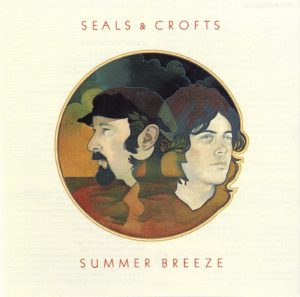
What was this session like?
Louie Shelton flew me in from Woodstock NY at the request of Dash and Jimmy. I had recorded with them on their “Down Home” album so we had a natural comfort zone. I was the only East Coast guy in a room full of the West Coast’s top studio musicians. Very professional and satisfying session. Seals and Crofts are great band leaders and made it easy to play.
How much of the line was written for you?
The opening line was their theme. The rest of the bass line was mine subject to their approval.
What gear did you use?
La Bella Flat Wounds, Precision bass direct, combined with an Ampeg B15.
2. “Humming Bird” – by Seals and Crofts from Summer Breeze (1972)

How did you approach writing your line for this song?
I listened to the vocal melody of the lyric and composed the line to fit in with the rhythm of the vocal phrasing and harmonic structure of the chord changes and had a masterful drummer to keep me on course.
Your playing on the open section that serves as a kind of outro is sublime. Do you remember how that played out?
It just happened, it just felt that way. The orchestration, as I recall, came after the rhythm track.
What’s your favorite thing about this song?
It was all about the song. The amazing vocal and lyric brought out the music. I was just listening and playing along with it.
3. “Ballad of a Thin Man” – by Bob Dylan from Highway 61 Revisited (1965)
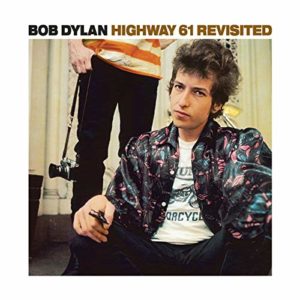
What was this session like? Dylan has a reputation for being enigmatic, and this was your first session. Were you nervous?
I had never heard of Bob Dylan before the session I got the call for the session from my friend Al Kooper who got me the gig and told me who Dylan was. I was the new guy who was brought in to replace someone they weren’t satisfied with so there was some pressure and it made me a little nervous, but I respond well to pressure.
Was there much discussion about what to play, or did he just sit at the piano and work it out with everyone?
He just started playing, I made a chord chart and locked in with Bobby Gregg, the drummer.
Did you have the feeling Highway 61 would be as important as it became?
I didn’t think in those terms but I knew something was happening and didn’t know what it was.
4. “If Not For You” – by Bob Dylan from New Morning (1970)
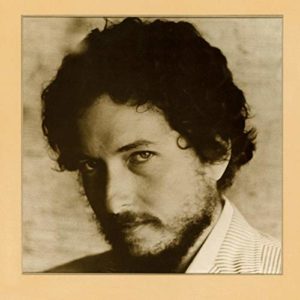
How was this session different from Highway 61?
For me, it was pretty much the same except that personally, I had gone to San Francisco to play in the Electric Flag. Guitarist Michael Bloomfield whom I met on the Dylan session hired me for the Flag gig. After the Flag self-destructed I was back in NY. I was more seasoned and had more fun with the sessions not having to prove myself.
There’s a beautiful looseness to the track, which leads me to think it was a good time recording.
Bob had tried to record this tune before. We just clicked that day.
What gear did you use on this track?
I think a jazz or precision bass with La Bella flat wounds and an Ampeg B15
5. “Touch Me” – by The Doors from Soft Parade (1969)
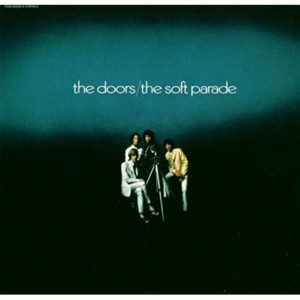
You’ve mentioned before that the band was not getting along well at this time. Were there any particular tense moments in the session for you?
I got along with the whole band. We had fun on this one. It went pretty smoothly.
How much writing/influence did you get to have on the songs?
As I recall it the songs all needed little bridges to connect the sections and markers for Paul Harris to write his horn and string arrangements. I helped make the songs better.
You seem to lock in well with John Densmore. Did you feel a groove connection with him?
I related to his time and feel and musical vocabulary. Makes it easy for me.
6. “Killin’ Floor” – by Electric Flag from A Long Time Comin’ (1968)
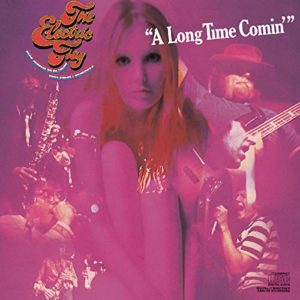
What made Electric Flag special to you?
The band had amazing potential and was the first pop horn band and Mike Bloomfield was an inspiring guitar player.
How and where was this track recorded?
I think the studio was United. We got the killer take and just as we finished the ending the tape ran out. Made it special.
How much did you play before your recording sessions?
Some rehearsals and one or two gigs.
7. “Albert’s Shuffle” – by Bloomfield, Kooper, & Stills from Super Session (1968)
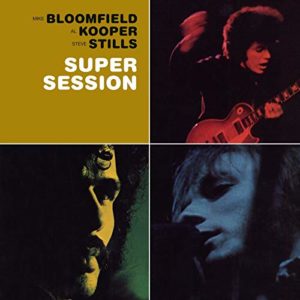
Did the supersession feel like a hangout or was it more serious?
We went in and did it like a blue note jazz record. It was all about performance. [This was recorded] on the first day. There were only two sessions.
What gear did you use for the Supersession?
Jazz bass with La Bella Flat wounds and a Fender Dual Showman.
8. “Harvey’s Tune” – by Bloomfield, Kooper, & Stills from Super Session (1968)

How did you come up with this song?
I wrote “Harvey’s Tune” at Malibu Beach in 1965. I was playing at the Ashgrove in Hollywood with Folk duo Jim and Jean and staying at Jean Ray’s family home. I was sitting on the deck outside my room playing the guitar looking out at the ocean when the changes came and then the melody. We recorded the rhythm track in L.A. Kooper then took it to N.Y for the horn arrangement by Al and Joe Scott. I met Jean’s little brother Brian who was about 10 at that time. He now plays in Paul McCartney’s band.
Did you have it written out or just play it for them?
I think I had a handwritten chord chart but mostly I just played it for them on the guitar and it was accepted.
9. “Spanish Key” – by Miles Davis from Bitches Brew (1970)
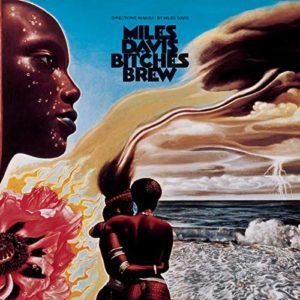
How did you prepare for this session?
I showed up.
Was the session as intense as the music makes it seem?
Yes! Since it was all spontaneous I immediately went to my comfort zone which was laying down the bottom.
What was it like working with Miles?
My first jazz album was Bitches Brew, working with Miles Davis. I was intimidated but determined.
How did you navigate playing with a second bassist?
Dave was great. We decided I would take the bottom and he would play fills or reinforce the groove with me.
10. “High Flyin’ Bird” – by Richie Havens from Mixed Bag (1966)
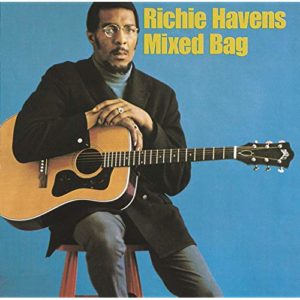
How did you get to start working with Richie?
I was the house bass player at the Cafe A Go Go in Greenwich Village and played many shows with him. When Albert Grossman signed Richie to Verve Folkways records I was hired to arrange the chord charts and play bass. We remained friends throughout his life.
As the song progresses, you fall into more of a walking bass line. Were you big into jazz?
Big jazz fan. I followed the feel I got from Richie’s rhythm guitar and just went with it and the rest of the band followed.
11. “I want a Little Girl” – by Al Kooper from Soul of a Man: Al Kooper Live (1995)
You have several nice upper register fills in this song. Do you plan those out or feel it in the moment?
All of my choices come after rehearsing the tune and picking what feels best for the take.
Do you prefer playing/recording in front of a live audience?
Three different species. 1. In my mind, you finish the composing of the song when you do the final take. The song is done. I love this kind of work. Creating and coming to the conclusion of the song. 2. Playing live makes the music interactive. When I look at the audience I’m adding what I get from it into my subconscious and spontaneously playing what I feel. 3. The last process is the live recording of the previously recorded song being jammed. I love the whole process.

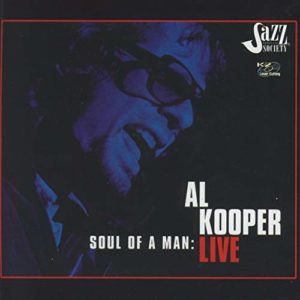
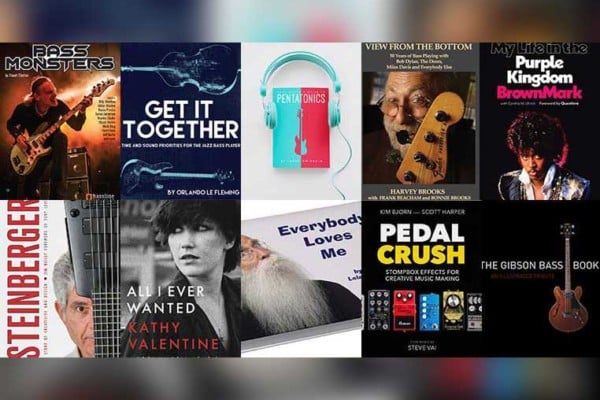
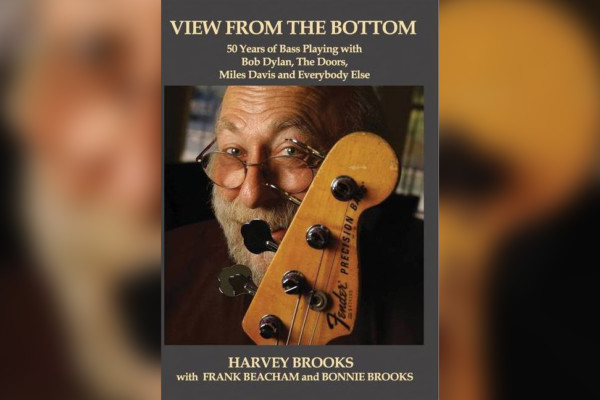
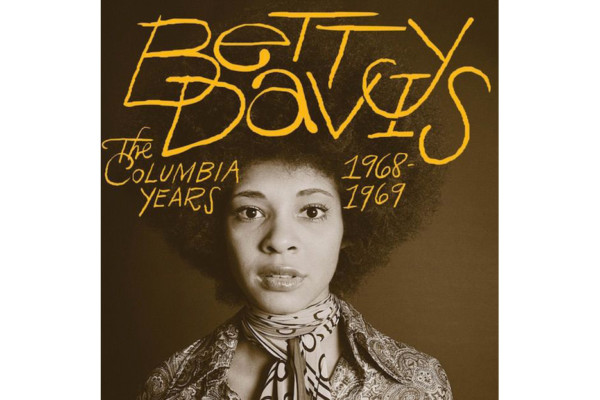
Terrific questions and answers – thank you for this!
You were in the forefront of the greatest moments in music history Harvey. You touched on a time that has no real rivals & I thank you for that.
A gentleman and a friend. Good to have Harvey in the studio – he’s the best!! Chance Langton
Thanks for this. Harvey was a big early influence on my playing. Wore out the Butterfield records! He’s a very funky caucasian! My geezer band has “Killin’ Floor” in our set list ane we love playing it.
I took a few lessons from Harvey in the mid ’70s. He’d put up a flyer in the Woodstock laundromat. I was aware of his work with Dylan and the Electric Flag, so I thought it’d be cool just to meet him much less study with him. As a novice, I was totally intimidated, but Harvey was very encouraging and made the lessons fun. I still have my Simandl lesson book with Harvey’s handwritten study notations. I only wish I’d paid more attention. Glad to see him get the attention he deserves.
I have always enjoyed Harvey Brooks since hearing him for the first time on the Electric Flag record. Being a part time bass player I played bass a lot like Harvey!
Harvey, why did you not respond to the transcription I sent you via email 2 years ago for “Alberts Shuffle”? I think it was nearly note for note what you played on the recording.